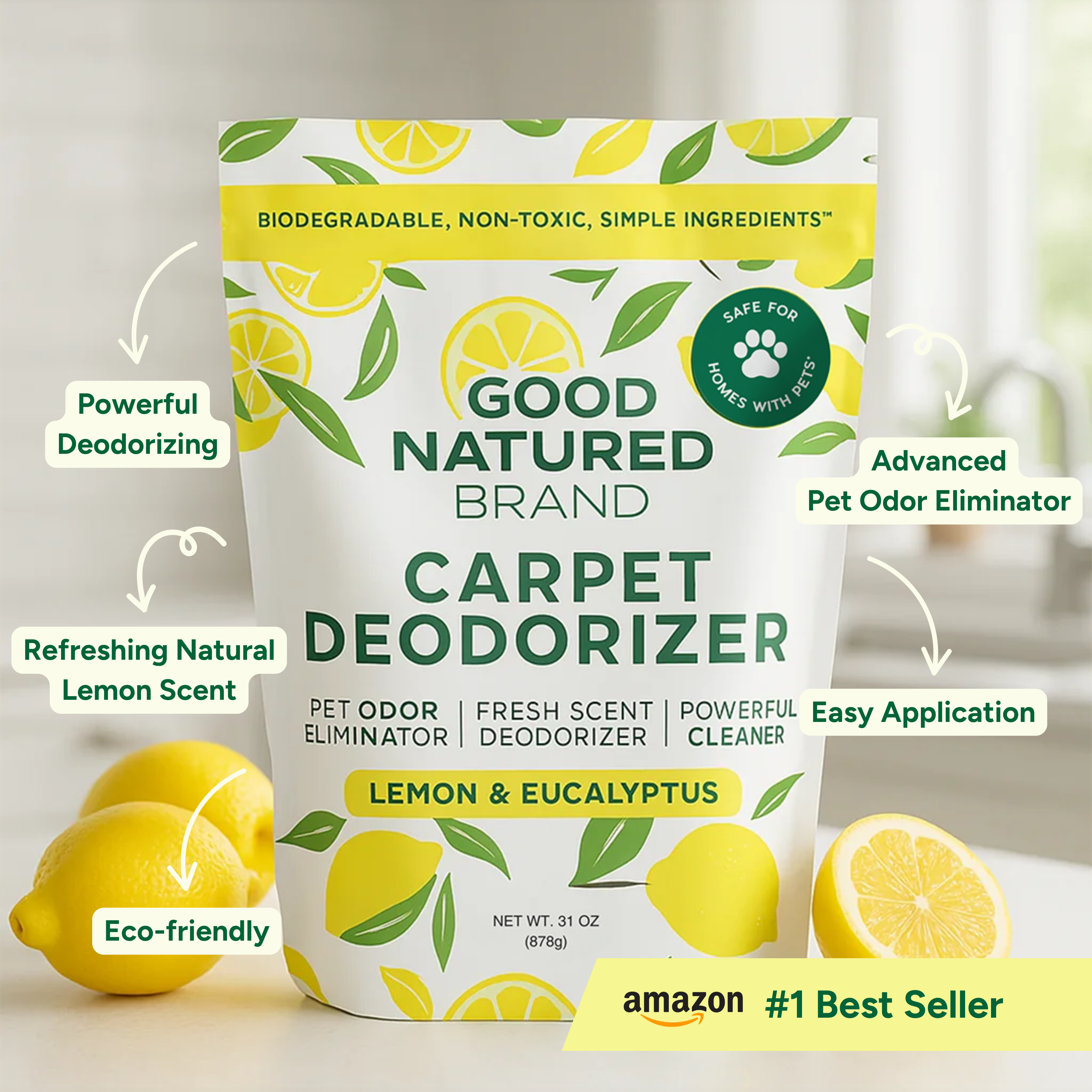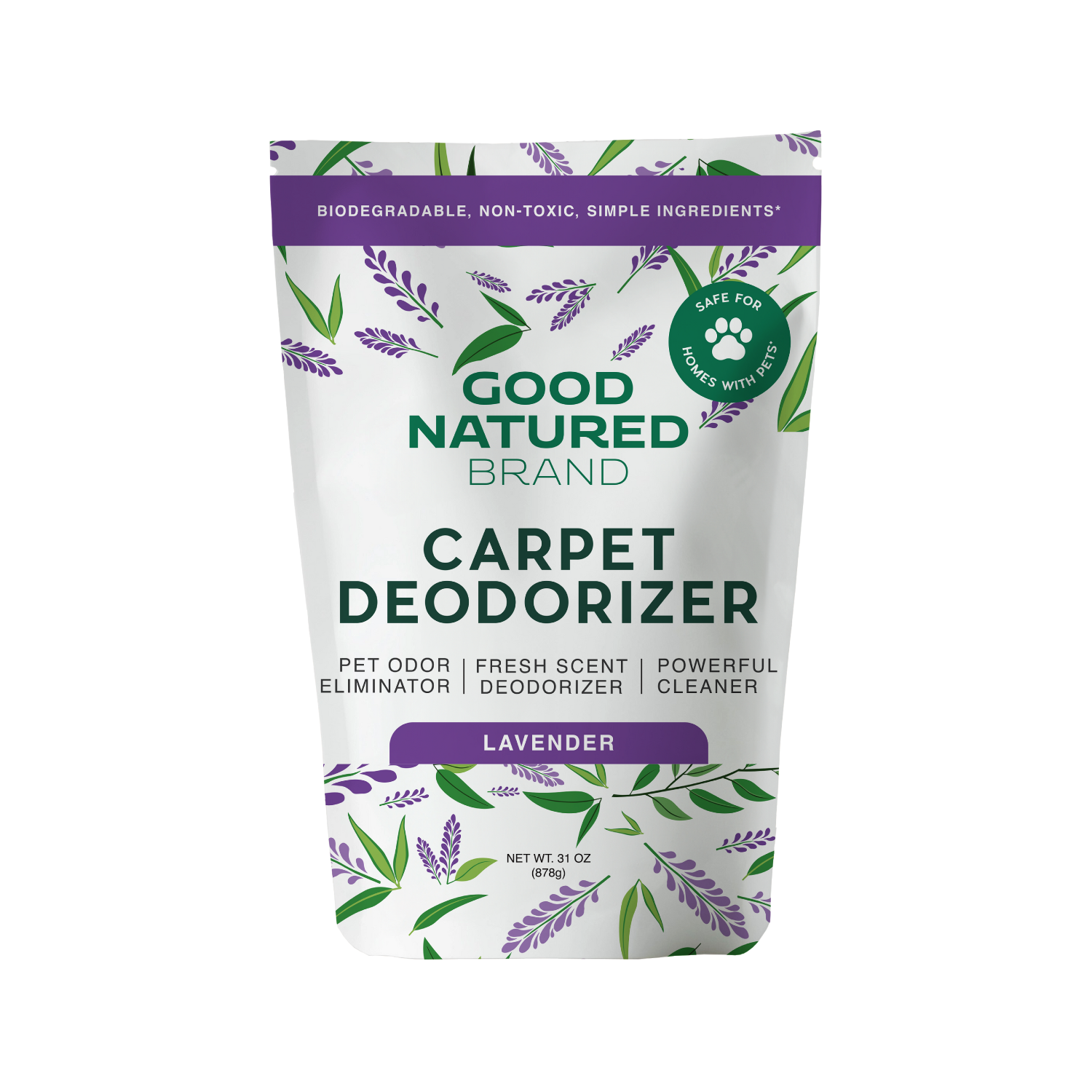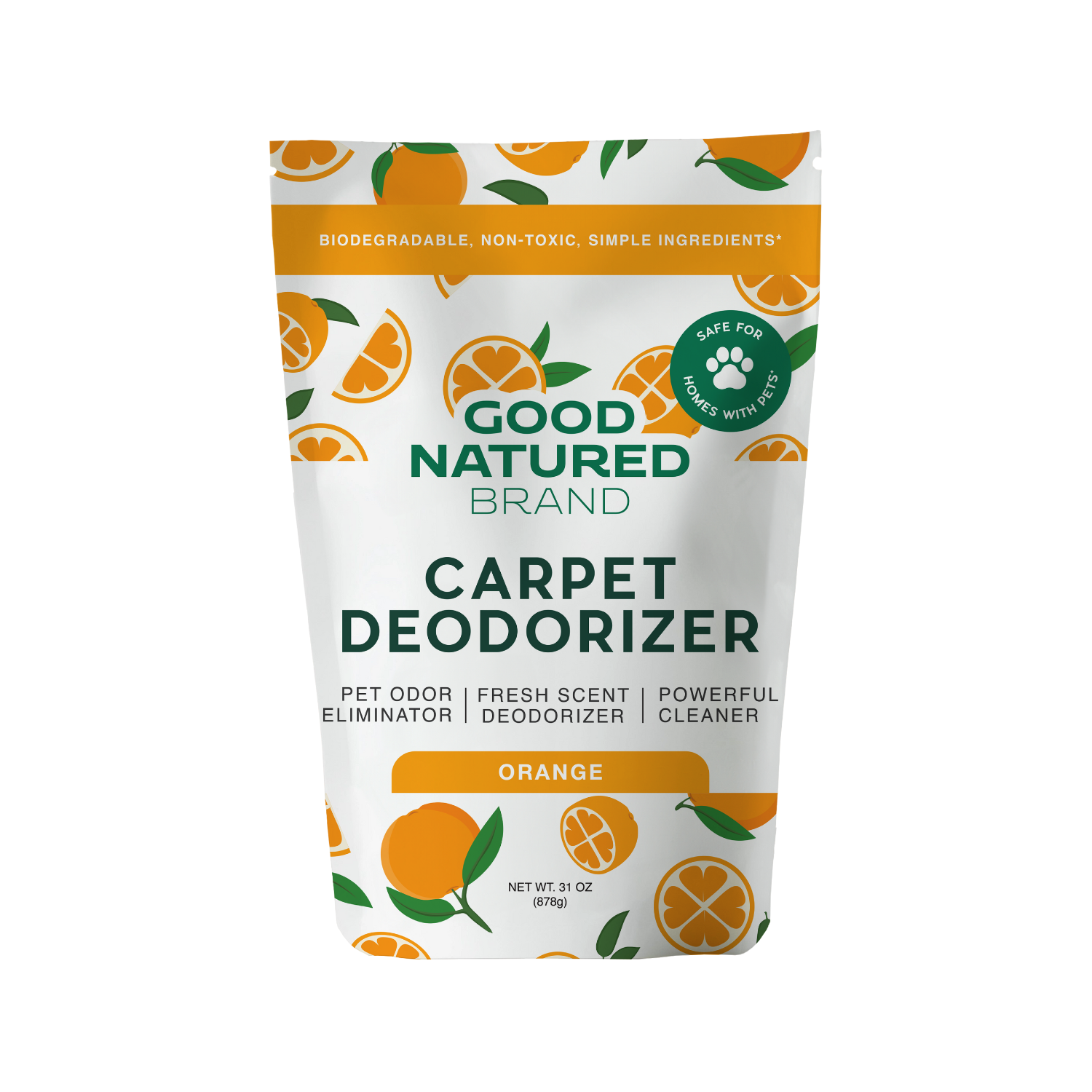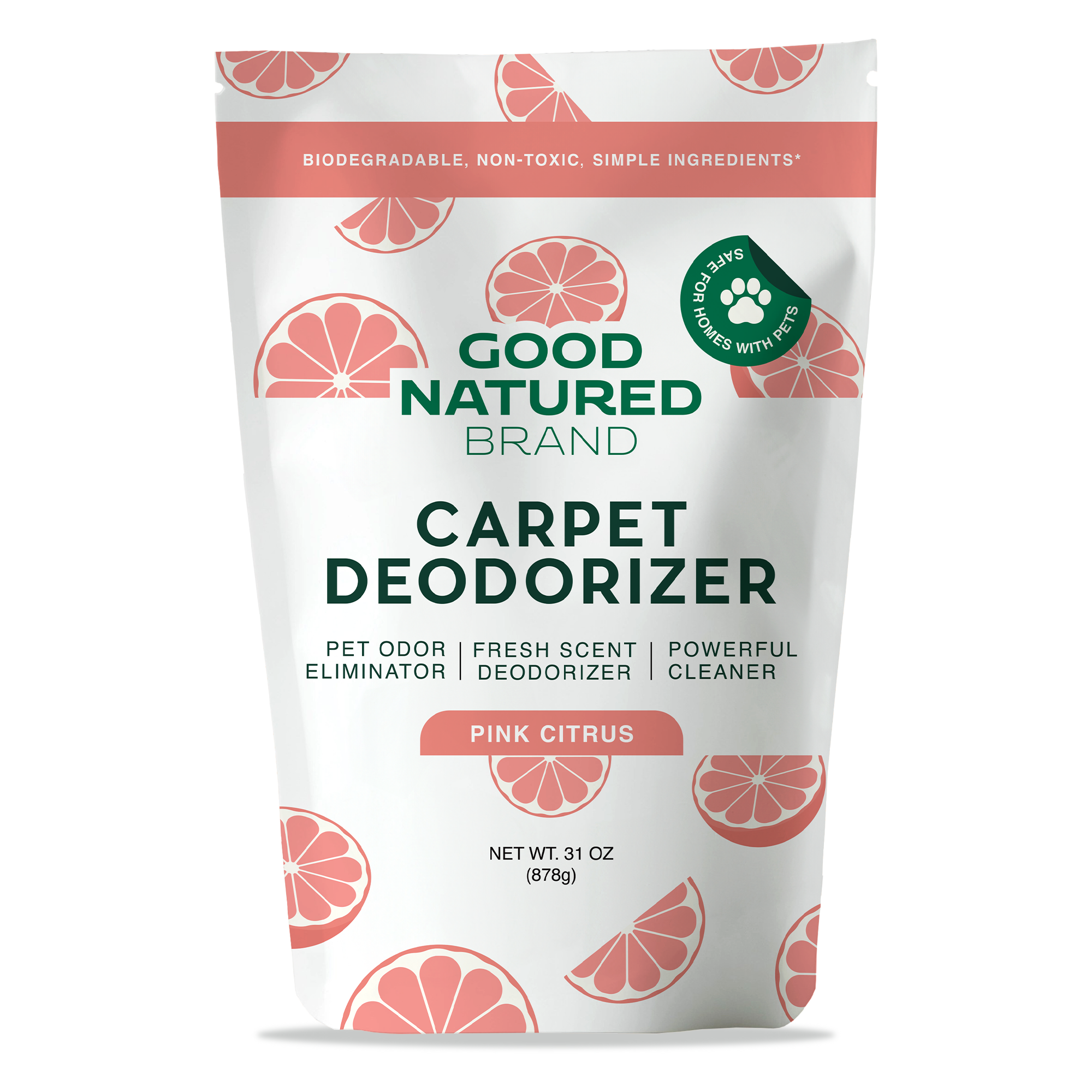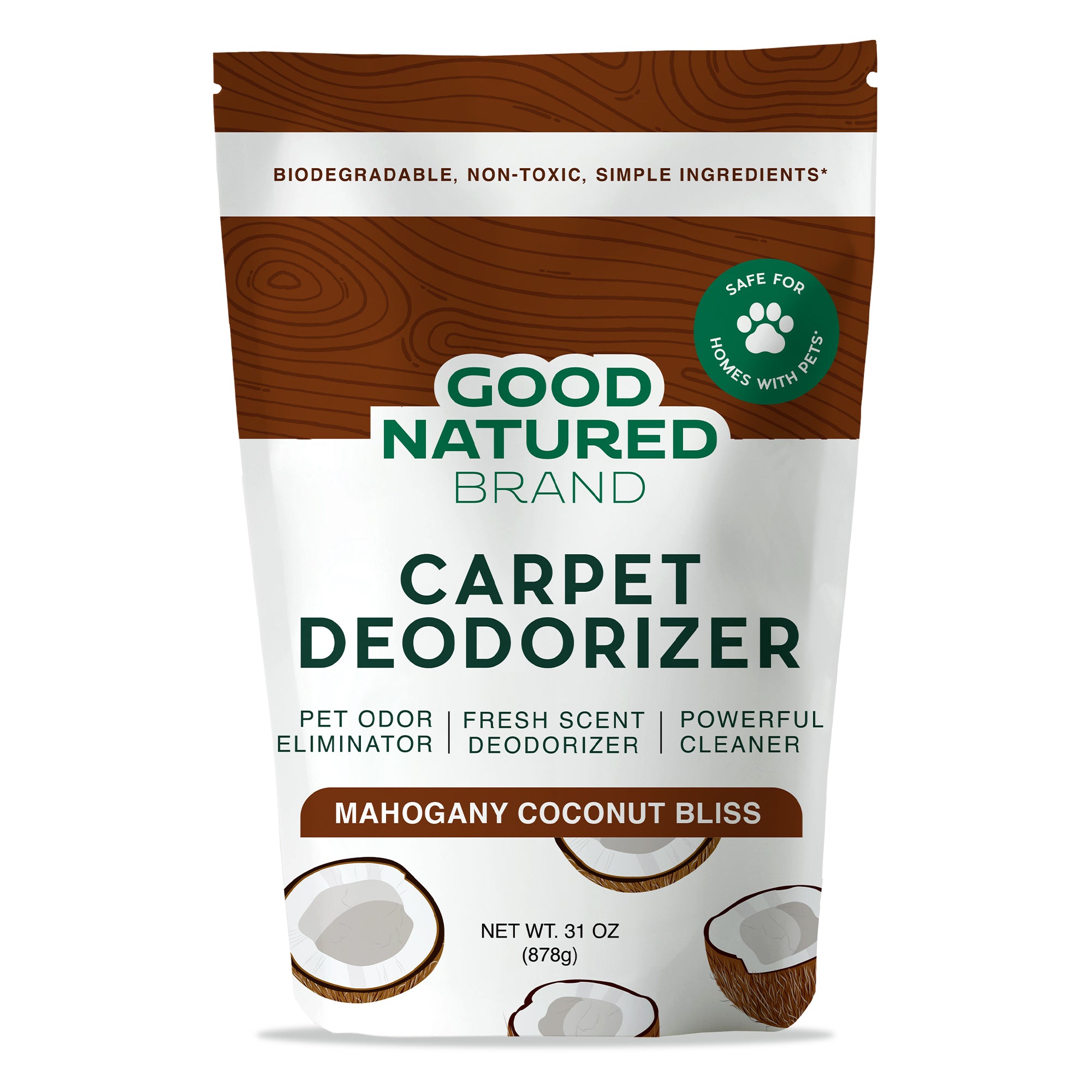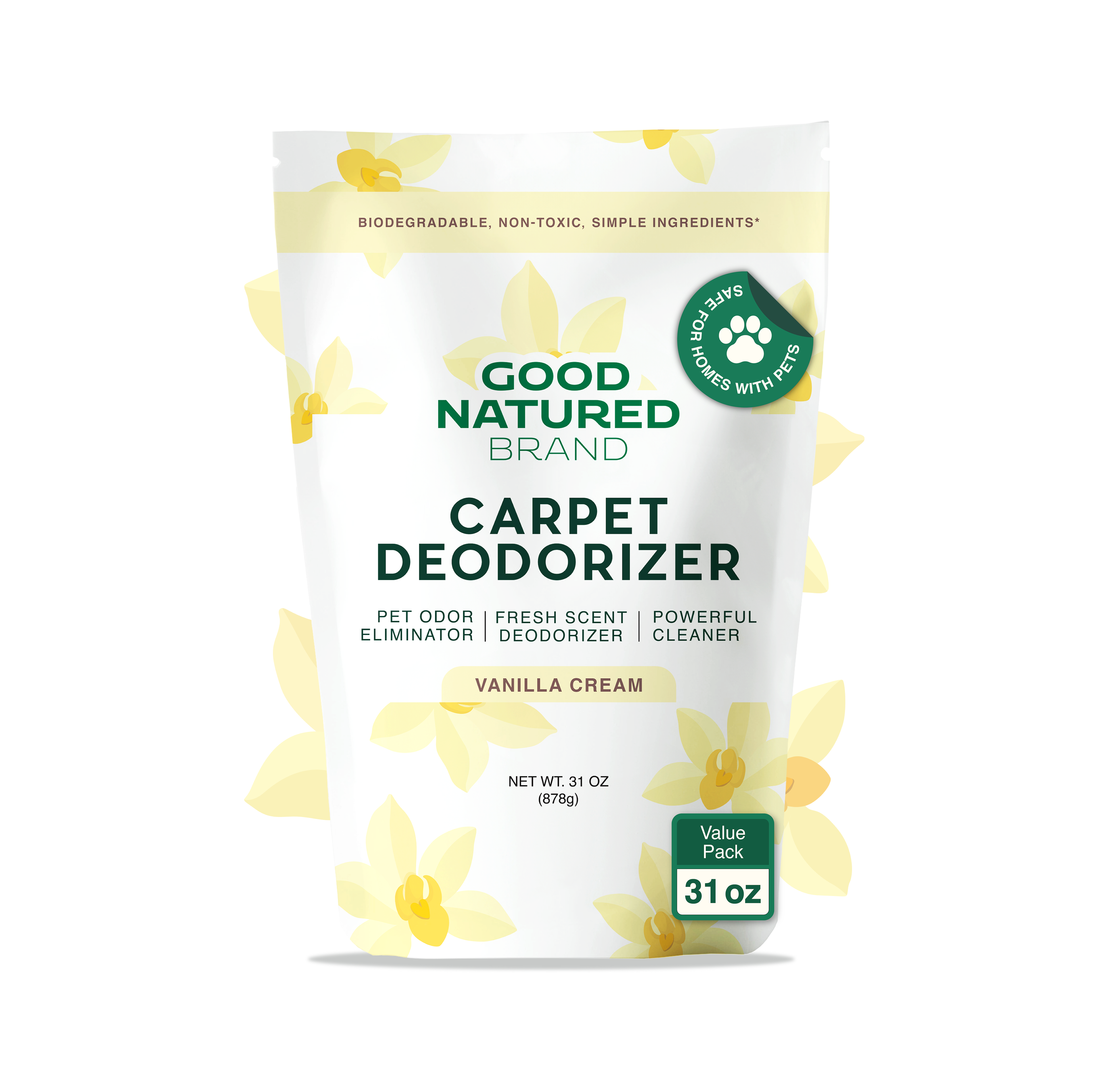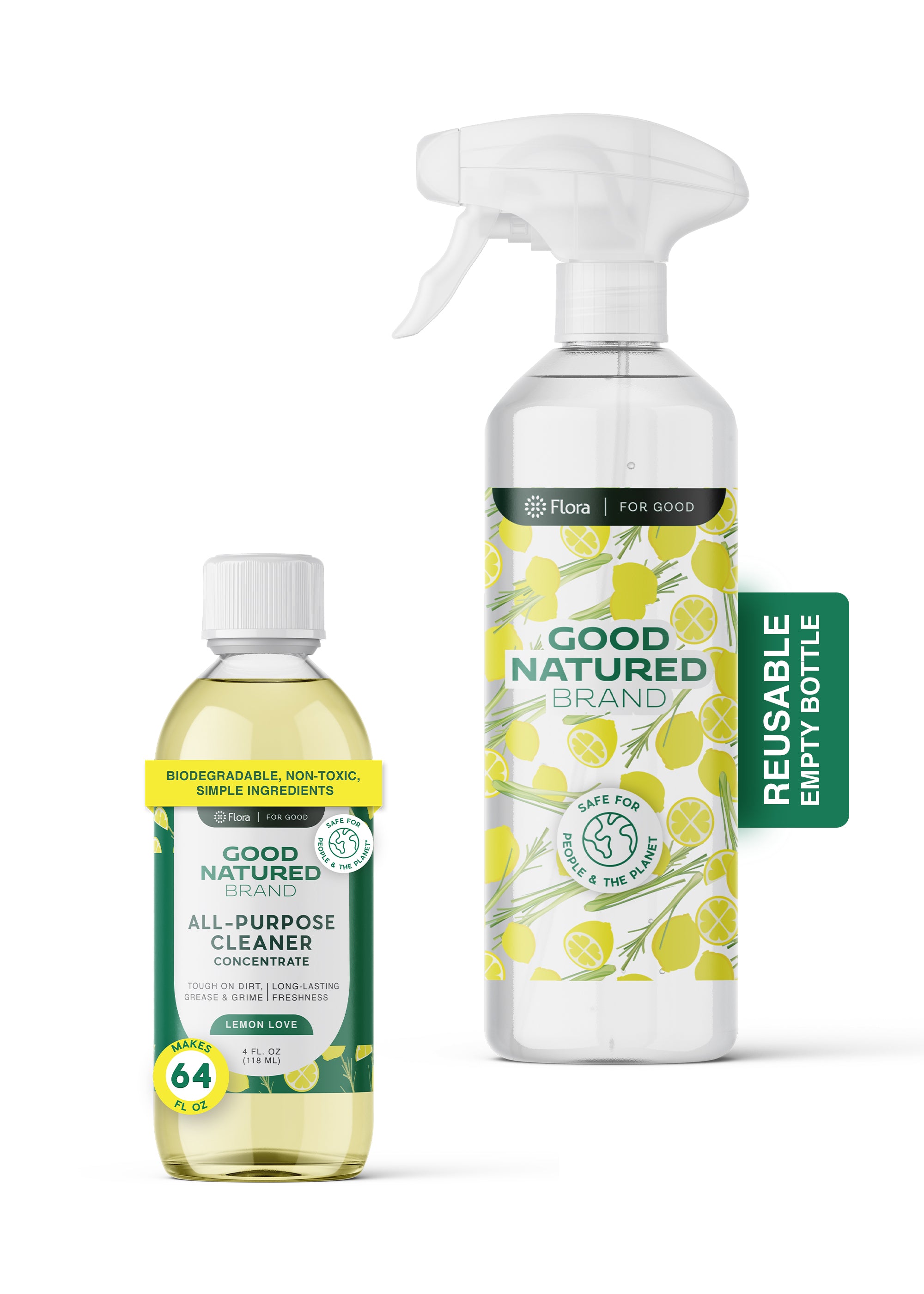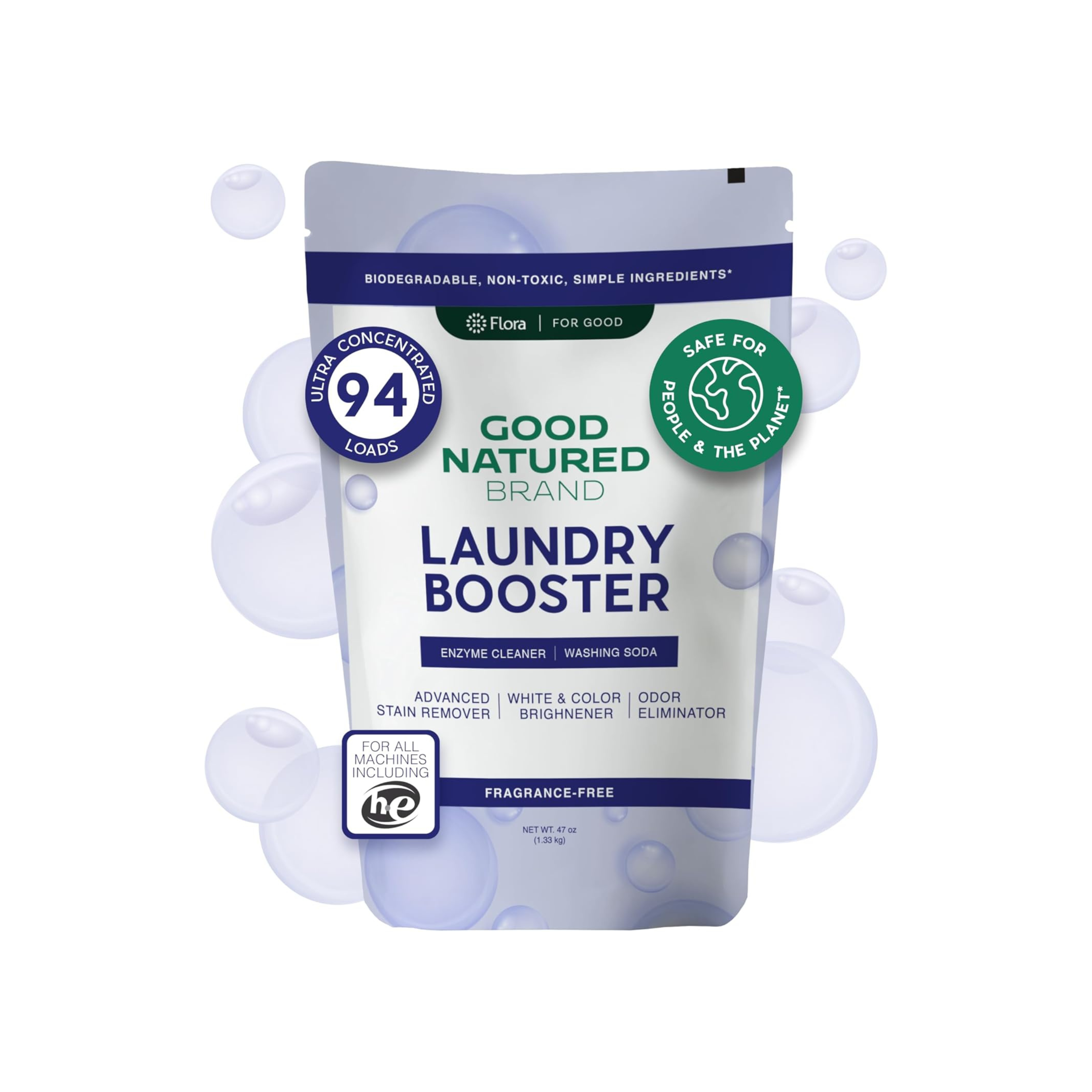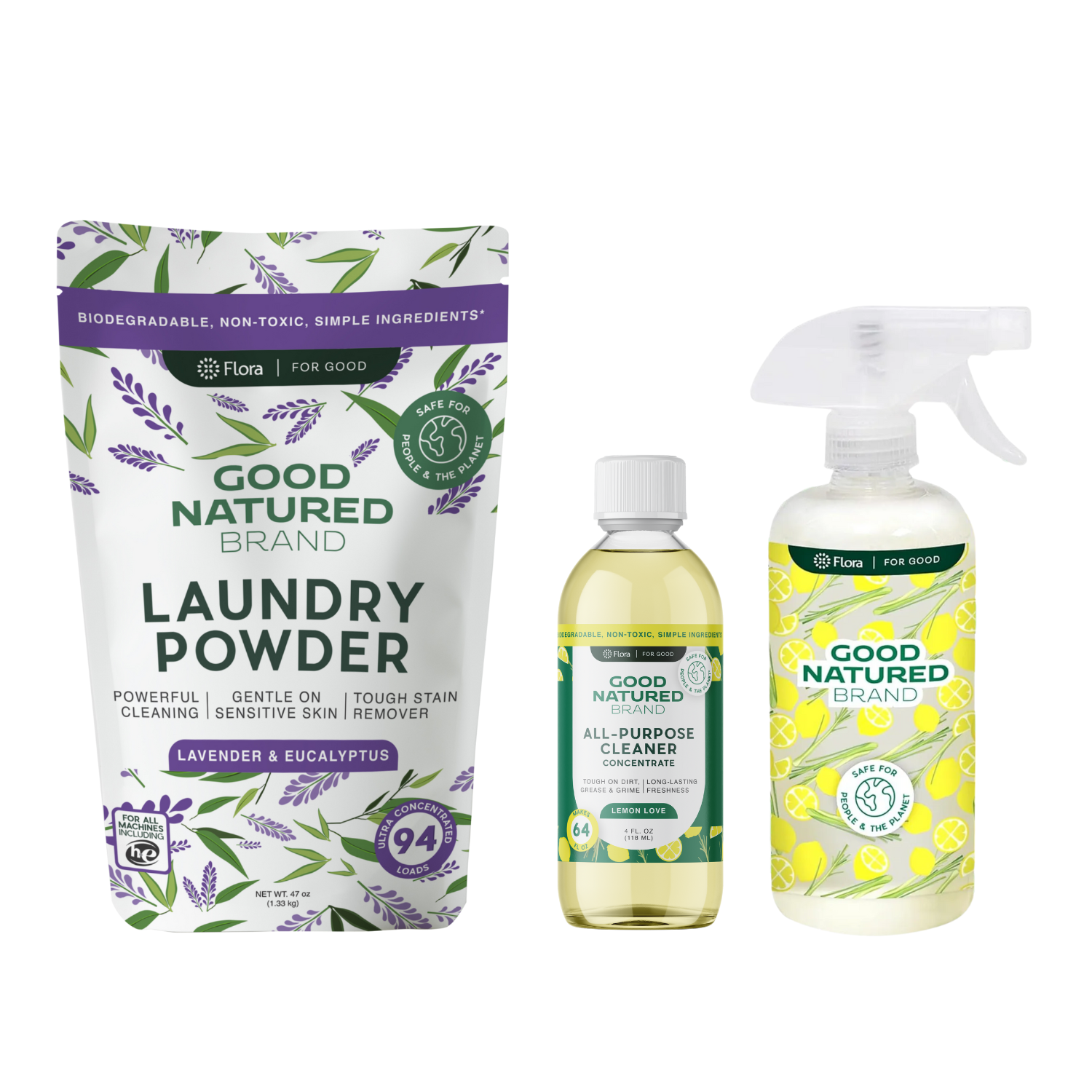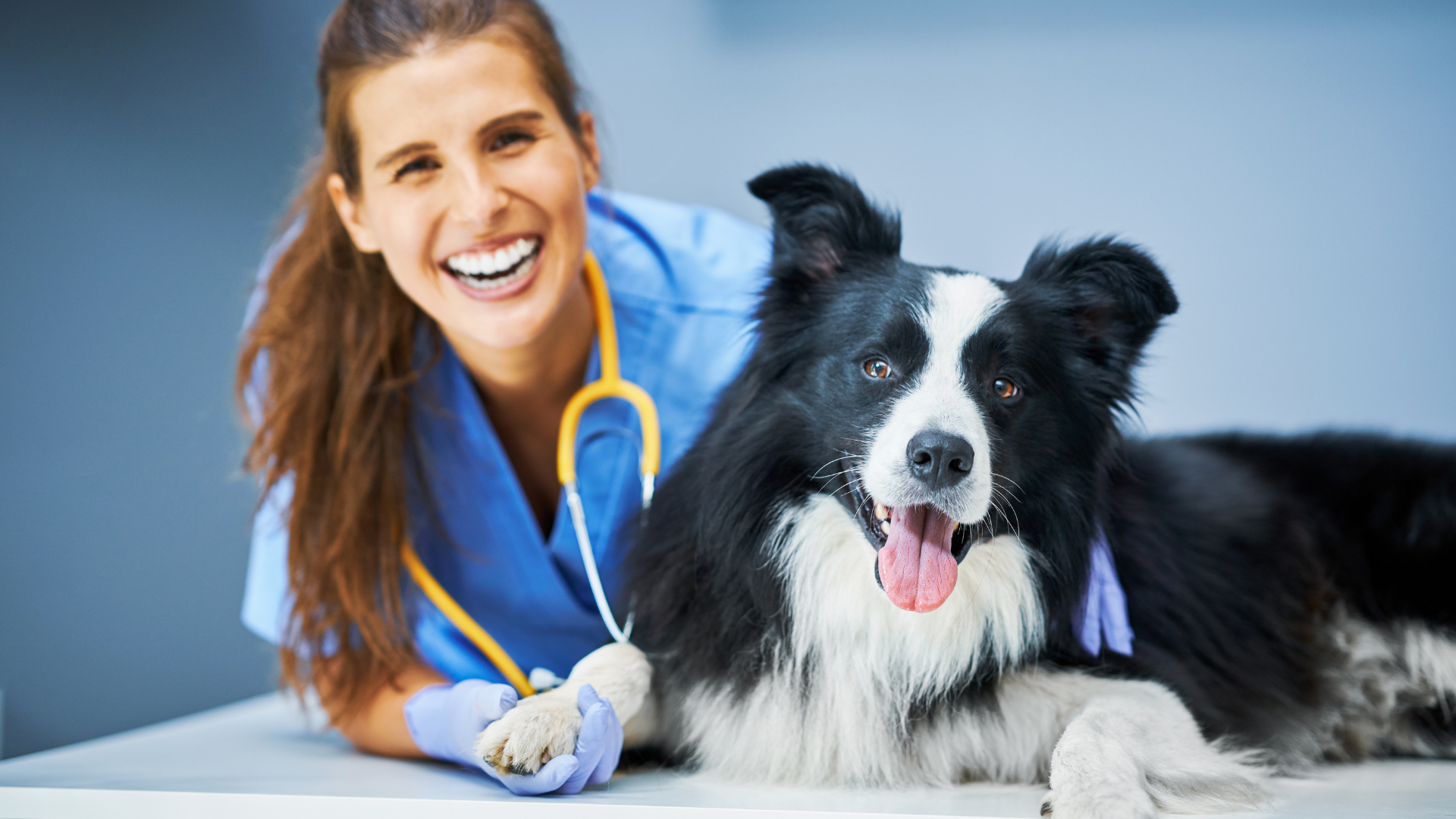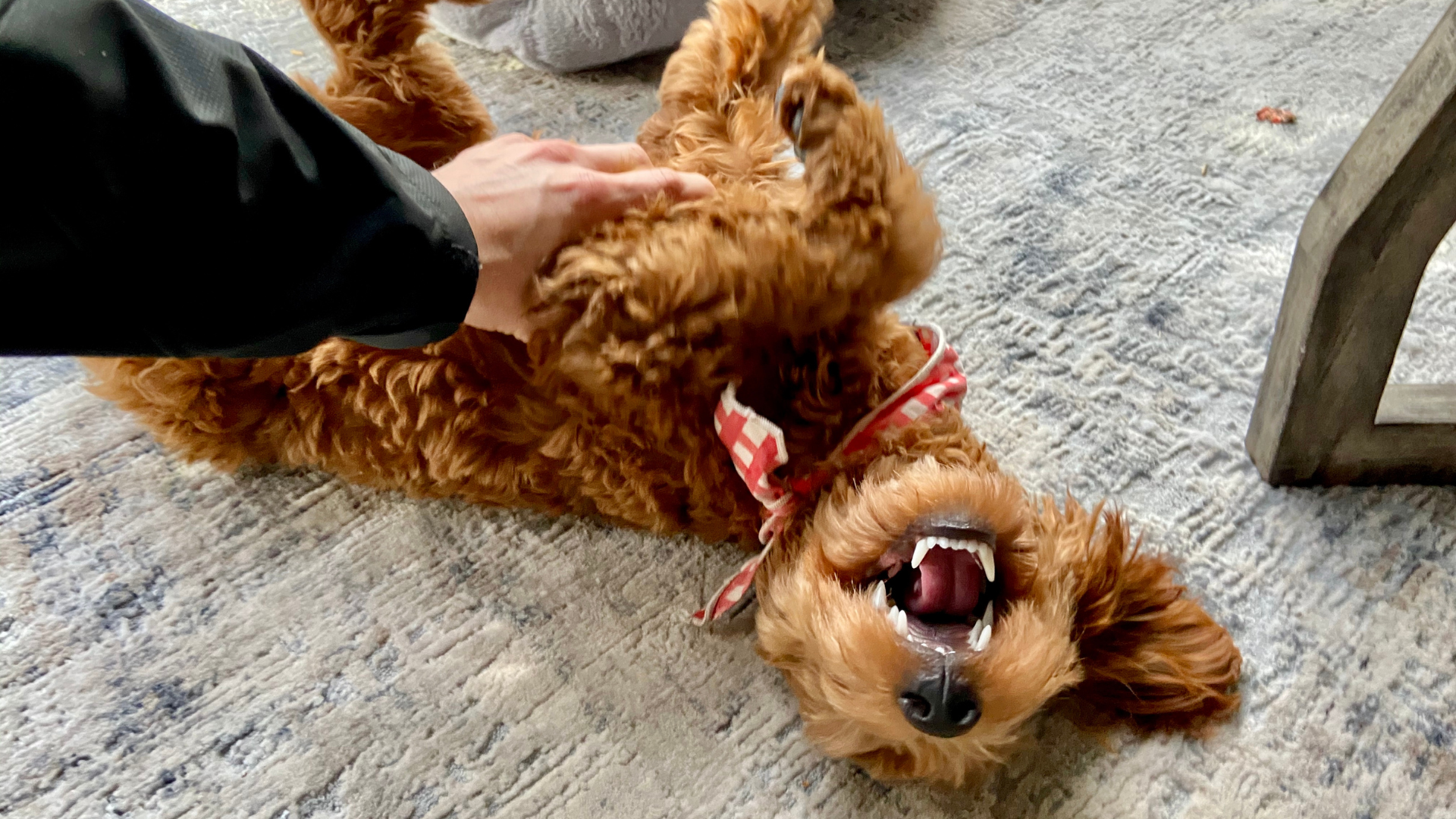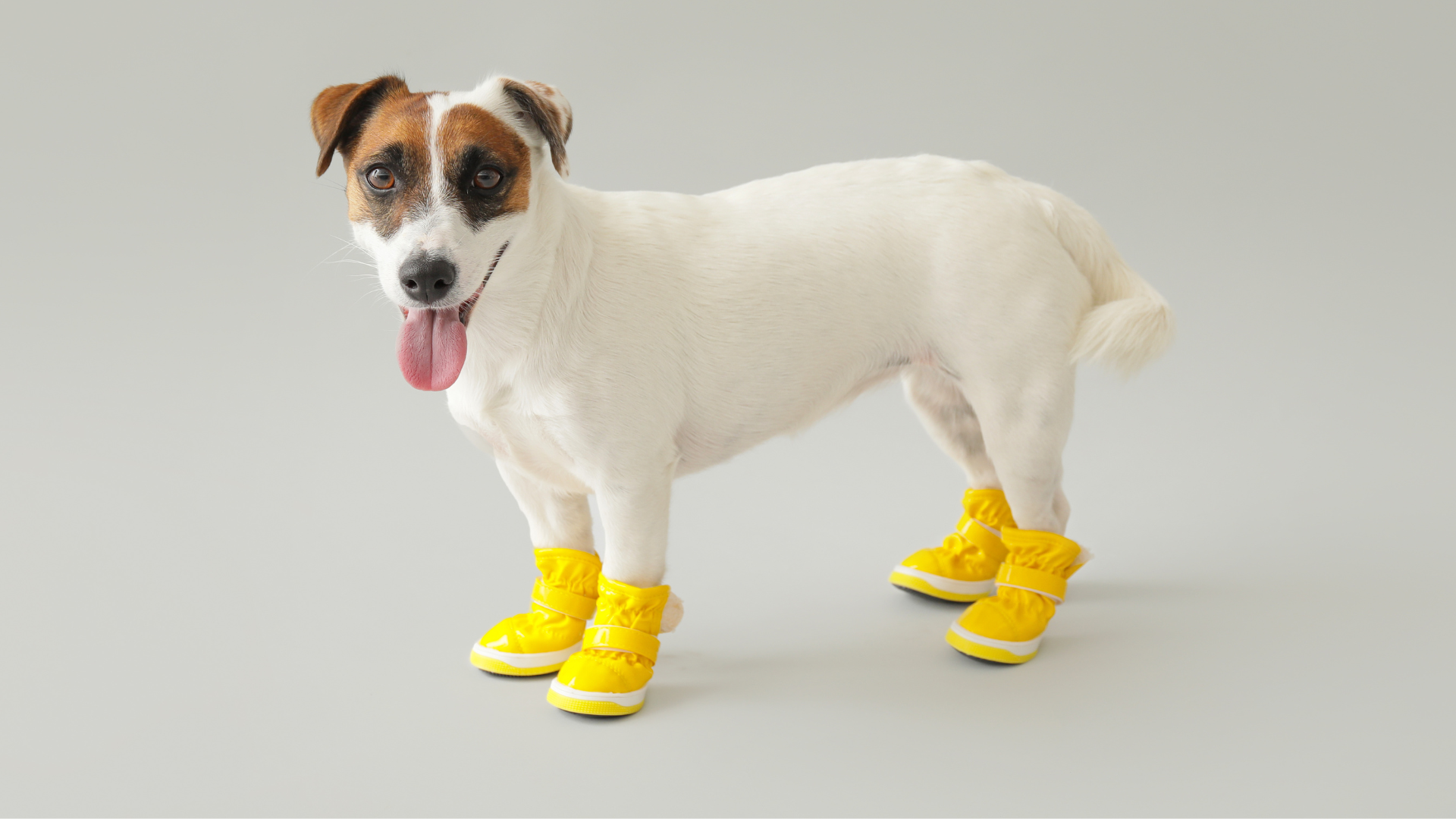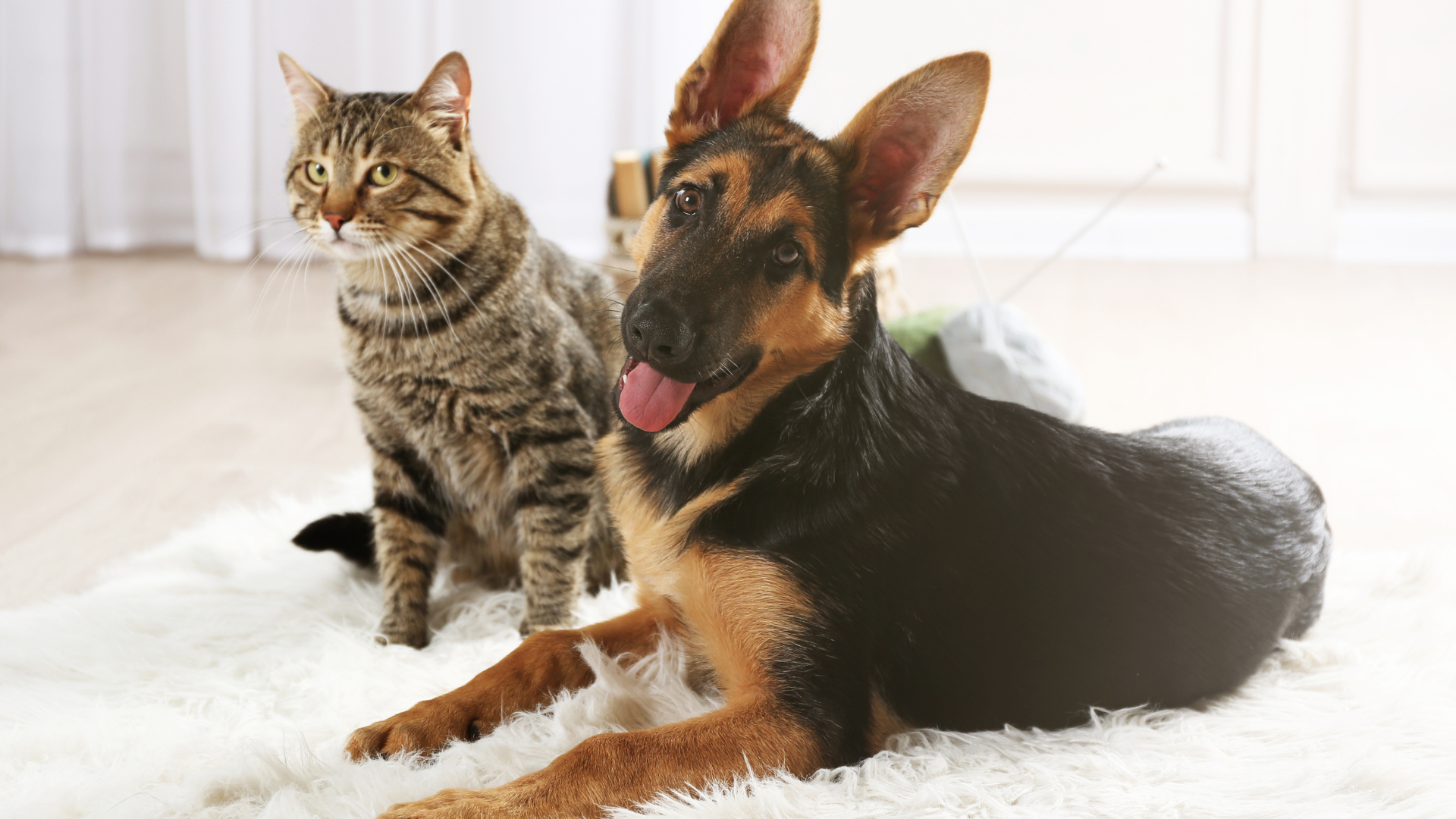Dogs are often known for their quirky habits, but one of the strangest behaviors they can exhibit is hoarding and collecting items. Whether it’s shoes, socks, or even things as bizarre as remote controls or your favorite plant, dogs have a tendency to gather and hoard things that may seem completely out of place. In this blog, we’ll dive deep into the weirdest things dogs collect and hoard, explore the reasons behind this behavior, and offer tips for managing these habits while keeping your home clean and your dog happy.
Why Do Dogs Collect (And Hoard) Things?
Understanding why dogs hoard objects is key to managing this behavior effectively. While it might seem odd at first, there are natural instincts at play that make hoarding a normal part of a dog’s behavior. Dogs are naturally inclined to collect and protect objects for several reasons.
Evolutionary Instincts Behind Hoarding
In the wild, dogs (and their ancestors) needed to secure resources like food and shelter to survive. Hoarding behavior was a way to ensure they had a secure stash for tough times. Modern dogs, even though they live in homes with plenty of food, still have that instinct to collect things that feel important to them, whether it’s a toy, a piece of clothing, or even a random household item. In some ways, this instinct helps them feel secure in their environment.
The Link Between Prey Drive and Object Collection
Dogs with a strong prey drive may also be more likely to hoard items. This instinct is tied to their desire to "capture" and guard things that are valuable to them. Many dogs will pick up small objects that they see as prizes—whether it's a sock that smells like you or a tennis ball that they associate with playtime. This behavior is a form of satisfaction, mimicking the act of hunting or claiming resources.
Behavioral Science: How Dogs View and Interact with Objects
Psychologically, dogs view objects in different ways based on their experiences and relationships with them. Dogs often hoard items that carry certain associations, such as your scent or a positive memory. For instance, a dog might collect your shoes because they feel comforted by your smell or because it’s an object tied to your presence. This type of hoarding often serves as an emotional security blanket.
Common Objects That Dogs Collect (And Hoard)
Now that we know the psychological and evolutionary reasons behind hoarding, let’s take a look at the most common objects that dogs tend to collect. These are the strange (and sometimes amusing) items your dog might find particularly appealing, and you may have seen them in your own home.
Shoes, Socks, and Clothing
One of the most common things dogs hoard is shoes, socks, and other articles of clothing. Shoes especially are a favorite among many dogs, particularly because of the scent they pick up from their owners. The smell of a familiar person can provide comfort and security, so it’s no wonder that many dogs are drawn to footwear. Similarly, socks are often hoarded because they’re small, easy to carry, and tend to carry the distinct scent of the person who wore them.
Toys and Tennis Balls
Many dogs collect toys and tennis balls. For some, this is simply a playful behavior—they love having a variety of items to chase, chew, or play with. For others, it can be more of a compulsive need to hoard their favorite toys, ensuring that no one else can claim them. Tennis balls, in particular, are often irresistible to dogs because of their texture and the fact that they’re associated with a lot of fun, active playtime.
Items with Scents
Dogs are highly scent-driven animals, so they tend to collect items that carry particular smells. This could include blankets, towels, or even personal items like hats or bags. These objects offer a sense of comfort and familiarity, which is especially important for dogs that experience separation anxiety or stress. If you’ve ever caught your dog with your laundry, it’s likely they’re simply drawn to the comforting scent of you.
Food-Related Objects
It’s not uncommon for dogs to hoard food-related objects such as treat bags, wrappers, or empty food containers. Dogs may associate these items with rewards or delicious treats, making them attractive to hoard. For some dogs, this behavior is rooted in their instinct to secure food for later, even though they’re well-fed in the household.
Is Object Hoarding a Sign of a Bigger Issue?
While hoarding is a natural behavior in many dogs, there are cases when it can become problematic. In some situations, a dog’s hoarding habits can be a sign of deeper behavioral issues or even stress. It’s important to recognize when hoarding crosses over from a normal habit to something that requires attention.
Hoarding Due to Separation Anxiety
For many dogs, hoarding is linked to separation anxiety. When left alone, some dogs may feel the need to gather their owner’s belongings as a way of coping with their distress. Items like shoes or personal clothing become a source of comfort, and hoarding these items can be a way of holding onto their owner’s scent. This can sometimes lead to destructive behavior as dogs begin to collect items in an attempt to alleviate their anxiety.
Compulsive Hoarding Behavior
In some dogs, hoarding can become compulsive. This means the dog may hoard items regardless of whether they’re experiencing anxiety or stress. In these cases, the hoarding behavior could escalate to a point where the dog becomes fixated on collecting certain objects, often to the detriment of their daily functioning. If your dog’s hoarding becomes excessive and results in destruction, it may be time to consult a professional dog trainer or behaviorist.
Signs That Hoarding Needs Attention
If your dog’s hoarding habits begin to interfere with their well-being or yours, it may be time to seek professional help. Watch for the following signs:
-
Destructive behavior when hoarding or trying to collect items
-
Increased anxiety when unable to hoard
-
Aggression toward people or other pets when items are threatened or taken
In these cases, working with a dog trainer or behaviorist can help redirect your dog’s focus and alleviate any underlying anxiety or compulsive behavior.
Dogs Hoarding Things for Comfort and Security
For many dogs, hoarding objects is a way to self-soothe and provide a sense of security. If your dog is hoarding in response to stress or anxiety, understanding this need can help you find healthier ways to support them.
How Certain Objects Provide Emotional Comfort
For dogs that are anxious or stressed, objects they hoard can provide a sense of security. The familiar scent of their owner, the soft texture of a blanket, or the comforting presence of a favorite toy can act as emotional supports, especially during times of uncertainty. For dogs with separation anxiety, this behavior becomes even more pronounced, as they seek reassurance through these collected items.
The Relationship Between Object Hoarding and Anxiety Relief
Hoarding objects can help dogs manage their anxiety, whether they’re being left alone or exposed to unfamiliar situations. These objects act as their "comfort zone," helping them feel less alone and more at ease. Understanding this can allow you to intervene with positive strategies, offering alternatives like puzzle toys or comfort items designed to calm your dog.
How to Keep Your Home Clean While Managing Your Dog’s Hoarding
As a pet owner, managing your dog’s hoarding while keeping your home clean can be a challenge. Luckily, there are natural, eco-friendly solutions available to help maintain a fresh and tidy space. Regular cleaning with safe products like Carpet Deodorizers can help prevent lingering odors from collected items. Similarly, washing your dog’s bedding with Laundry Powder ensures that their comfort items remain fresh and clean.
The Strangest Things Dogs Hoard
While dogs are often associated with hoarding everyday items like toys or socks, some of the things they collect can be downright bizarre. Understanding why these items catch your dog’s attention can shed light on their behavior and help you manage their hoarding tendencies.
Remote Controls, Shoes, and Pens
It’s not uncommon for dogs to collect remote controls, shoes, and even pens. These seemingly random items are often hoarded because of the scent they carry. Remote controls, for example, carry the distinct smell of household members and are typically left in areas where dogs have access, making them irresistible to your furry friend. Similarly, shoes—especially ones worn by their owners—carry a comforting scent, prompting dogs to collect and “guard” them.
Pens, on the other hand, are small, lightweight, and easy for dogs to pick up and stash. These items may not have a specific smell, but they become a fun object for dogs to interact with, especially if they’re frequently found on counters or tables where dogs can access them.
Household Items Like Blankets, Pillows, and Towels
Another common hoarding item for dogs is soft household goods like blankets, pillows, or towels. These objects not only carry the comforting scent of their owners but also provide a soft, cozy texture that dogs find reassuring. It’s not unusual for a dog to claim a favorite blanket or towel as their own, particularly if it’s something they associate with positive experiences like cuddling or playing.
In addition to their scent, soft items like these may offer a sense of security for dogs, especially if they are feeling anxious or stressed. Dogs often seek out familiar and comforting items when they’re unsure or alone, so the behavior of hoarding these items is a coping mechanism that brings them comfort and reassurance.
Plants and Plants Pots
Believe it or not, some dogs have been known to hoard plants or plant pots, especially those in easy-to-reach areas of the home. While plants themselves might not have a particularly enticing scent, dogs are often attracted to the textures of plant leaves or the scent of the soil. For some dogs, chewing on or collecting plants could be a way to satisfy their natural chewing instincts.
If your dog is hoarding plants, it’s important to keep in mind that some houseplants can be toxic to dogs. If you notice this behavior, consider using non-toxic plants or putting your plants in hard-to-reach areas to prevent your dog from potentially ingesting something harmful.
When Does Hoarding Become a Problem for Pet Owners?
While many dogs engage in harmless hoarding behaviors, there are times when these habits can become problematic. Hoarding can quickly transition from a quirky behavior to an issue that requires intervention if it starts to impact your dog’s health or disrupt the harmony of your home.
Destructive Behavior During Hoarding Episodes
If your dog’s hoarding habits lead to destructive behavior, such as chewing on shoes, tearing up blankets, or even damaging furniture, it’s time to take action. Destructive hoarding can be a sign that your dog is feeling stressed, anxious, or bored. Chewing and destroying objects may be a way for your dog to release pent-up energy or cope with negative emotions. This behavior, while natural in some contexts, can quickly become problematic if it’s damaging your home or causing distress to your dog.
Overwhelming Clutter and Mess
Another issue pet owners may face when their dog hoards objects is the mess and clutter it creates. If your dog is frequently collecting shoes, socks, or other household items, the result can be a house full of scattered belongings. In addition to being a nuisance for pet owners, this clutter can also create cleanliness issues. For instance, chewed-up items may leave behind debris, such as broken plastic or fabric, which can be difficult to clean.
To keep your home in order, make sure to regularly clean up after your dog’s hoarding behavior. You can use natural, pet-safe products like All-Purpose Cleaner to sanitize areas where your dog collects items, ensuring your home remains tidy and hygienic.
When Hoarding Signals Anxiety or Compulsive Behavior
Hoarding can also signal anxiety or compulsive behavior in dogs. If your dog is hoarding items excessively and seems obsessed with collecting certain objects, it could be a sign that they are dealing with stress or anxiety. In some cases, compulsive hoarding can be a response to separation anxiety or a way for a dog to self-soothe in moments of uncertainty. If your dog’s hoarding behavior seems tied to anxiety or emotional distress, consulting with a veterinarian or a canine behaviorist is recommended.
Managing Your Dog’s Hoarding Habits: Tips for Pet Owners
If you’ve noticed your dog hoarding unusual items or engaging in compulsive hoarding, there are a few strategies you can try to redirect this behavior. Managing your dog’s hoarding habits involves creating a structured environment and offering positive alternatives to hoarding.
Redirecting Behavior with Positive Reinforcement
One of the most effective ways to manage hoarding behavior is through positive reinforcement. When your dog hoards an item, redirect their attention to a more appropriate object, such as a chew toy or a puzzle feeder. Once your dog focuses on the new object, reward them with praise or a treat. This will help your dog learn that certain behaviors are more acceptable and rewarding than hoarding.
It’s important to be consistent with this strategy. If your dog picks up a sock, for example, calmly remove the sock and replace it with a toy. Reward your dog when they engage with the toy. Over time, they’ll learn to associate the toy with positive reinforcement and the sock with a lack of attention.
Offering Alternative Comforting Objects
If your dog’s hoarding is linked to comfort or emotional security, consider offering alternative objects that fulfill the same needs. Special comfort toys, blankets, or even a calming vest can help provide the reassurance your dog seeks without the need to hoard household items. For example, providing a designated soft bed or a comfort item, like a blanket with your scent on it, can serve as a positive replacement for your dog’s hoarding objects.
Creating a Safe Space for Your Dog
In addition to redirecting hoarding behavior, it’s important to create a safe and calming environment for your dog. If anxiety is driving their hoarding, providing a quiet space where they can retreat may help. Set up an area in your home where your dog can relax without feeling overwhelmed by stimuli or distractions. This space should include familiar items, like their bed and comfort toys, that will help them feel secure and calm.
Keeping Your Home Clean and Dog-Friendly During a Hoarding Phase
While managing your dog’s hoarding habits is important, keeping your home clean and safe is also a top priority. When your dog collects and hoards objects, it’s essential to maintain a tidy living space that is free from clutter and harmful debris.
Tips for Cleaning Pet-Induced Clutter and Mess
To keep your home clean, regularly pick up items your dog may hoard, especially those that can cause damage or create messes. Make sure to wash your dog’s bedding frequently, using a gentle yet effective detergent like Laundry Powder to keep it fresh and free from odors. For the areas where your dog hoards objects, like living rooms or bedrooms, use a Carpet Deodorizer to keep your floors smelling fresh and clean.
Incorporating these cleaning habits will ensure that your home stays comfortable and hygienic for both you and your dog, even if hoarding is a part of their behavior.
Preventing Hoarding in Dogs: Practical Tips for Pet Owners
Hoarding is often an instinctual behavior, but that doesn’t mean it has to become a persistent habit. Preventing your dog from starting to hoard—or curbing an existing hoarding habit—can require consistent training, changes in environment, and management of anxiety. Here are some effective strategies to help prevent hoarding behaviors from taking root.
Providing Proper Mental Stimulation and Exercise
One of the key reasons dogs hoard is boredom. When a dog isn’t mentally stimulated or physically tired, they may resort to behaviors like hoarding to occupy themselves. Providing proper exercise, playtime, and mental enrichment is essential in preventing this behavior.
Regular Play and Interaction
Ensure that your dog receives plenty of attention and interaction throughout the day. This can include scheduled playtime, walks, and engaging games that challenge their mind. Puzzle toys, hide-and-seek games, and other mentally stimulating activities are excellent ways to distract your dog from hoarding behaviors. Interactive toys can also help keep their attention away from household items.
Avoiding Reinforcement of Hoarding Behavior
If your dog begins to hoard items like shoes or clothes, it’s important not to unintentionally reinforce the behavior. This can happen if you give them excessive attention or try to reward them for "finding" these objects. Instead, calmly redirect your dog to a toy or other more appropriate object. By consistently rewarding desired behaviors, you can help teach your dog that it’s more rewarding to play with a toy than to collect random objects.
Creating a Routine to Reduce Anxiety
Dogs often hoard because they feel insecure or anxious, especially when left alone. Creating a predictable daily routine can help reduce this anxiety. Dogs are creatures of habit, so feeding them at the same time each day, having scheduled play sessions, and establishing a bedtime routine can help create a sense of security. When your dog knows what to expect, they’re less likely to engage in stress-induced behaviors like hoarding.
Managing Your Dog’s Anxiety and Stress
If your dog’s hoarding behavior stems from anxiety or fear, there are several strategies you can try to help reduce stress. Managing anxiety is key to addressing hoarding behaviors in the long term.
Using Calming Products and Techniques
For dogs with separation anxiety or other stress-related issues, calming products can be incredibly helpful. Items like calming vests, pheromone diffusers, and anxiety-reducing supplements can help your dog feel more relaxed. You can also provide a safe space for your dog to retreat to when they’re feeling overwhelmed. Create a quiet area in your home where your dog can relax without being disturbed.
If your dog is hoarding because they feel anxious when you’re not around, you can try gradually desensitizing them to your departures. This involves leaving for short periods of time and gradually increasing the length of your absence, allowing your dog to adjust to being left alone without becoming anxious.
Offering Comforting Scents
Dogs are highly scent-driven creatures, and familiar scents can provide a sense of comfort. Consider giving your dog a soft item like a blanket or shirt that smells like you. Having something with your scent can help your dog feel less anxious, especially if they tend to hoard personal items like shoes or clothes.
Redirecting Your Dog’s Focus: Behavioral Training
Training your dog to stop hoarding involves redirecting their focus from the hoarded object to something more appropriate. With consistent positive reinforcement, you can help your dog develop better habits. Here’s how to get started.
The "Leave It" Command
One of the most effective commands to teach your dog when they begin to hoard is the "leave it" command. This command can help redirect your dog’s attention when they start to pick up inappropriate items. When your dog starts to hoard, say "leave it" in a calm, firm voice, and then offer them a treat or toy as a reward for releasing the object.
Consistency and Positive Reinforcement
Consistency is key when training your dog to stop hoarding. Every time your dog begins to hoard, make sure to calmly redirect their behavior by offering a toy or treat. Praise them for engaging with the appropriate item. Over time, your dog will learn that playing with their toys or other acceptable objects is far more rewarding than hoarding random household items.
Providing Enough Toys and Chewables
Sometimes, dogs hoard because they don’t have enough toys or chewable items to engage with. If your dog enjoys hoarding, it’s essential to provide them with a variety of safe, stimulating toys that they can focus on instead of household items. Chew toys, balls, and interactive toys can keep your dog’s attention occupied. Regularly rotating these toys can also keep things fresh and exciting for your dog.
Keeping Your Home Clean and Dog-Friendly During a Hoarding Phase
While you’re addressing your dog’s hoarding behavior, it’s important to keep your home clean and comfortable. Hoarding can quickly lead to a cluttered, chaotic environment, so maintaining cleanliness is key.
Cleaning Pet-Induced Clutter and Mess
If your dog has already started hoarding household items, it’s essential to keep things organized and clean. Regularly clean up items your dog has hoarded, especially those that could potentially cause damage or create a mess. Make sure your dog’s designated areas, like their bed or play zone, are clean and tidy. A Carpet Deodorizer can help freshen up your floors and eliminate any odors that may arise from your dog’s hoarding tendencies.
In addition to cleaning floors, make sure to wash any bedding or blankets your dog uses, especially if they’re hoarding those items. You can use Laundry Powder to ensure your dog’s bedding remains fresh, comfortable, and odor-free. Regular cleaning will help maintain a healthy environment for both you and your dog.
Safe and Effective Cleaning Products
While managing your dog’s hoarding behavior, you’ll want to make sure that the cleaning products you use are pet-safe. Choose natural, eco-friendly cleaning solutions like All-Purpose Cleaner that are safe for your dog but still effective in keeping your home tidy. These products will help you maintain a clean living space while being gentle on your pet’s health.
Final Thoughts on Addressing and Preventing Hoarding Behavior
Hoarding is a natural behavior for many dogs, but when it becomes excessive or disruptive, it can create challenges for both pet owners and their furry companions. Understanding the root causes of hoarding and addressing underlying issues like anxiety or boredom can help manage this behavior.
By providing mental stimulation, creating a structured routine, and offering appropriate training, you can help your dog redirect their focus and reduce hoarding behaviors. In addition, maintaining a clean home environment with pet-safe cleaning products will ensure that your space remains enjoyable for both you and your dog.
For more pet care tips and eco-friendly solutions for your dog's well-being, visit Good Natured Brand’s Main Page.
